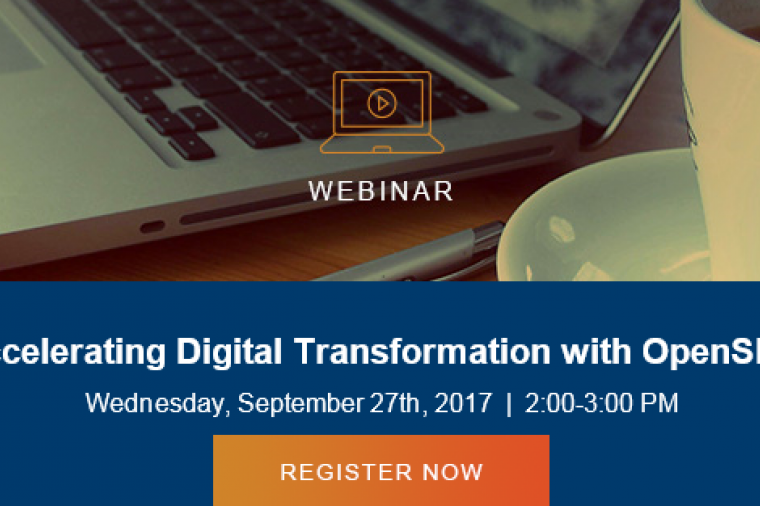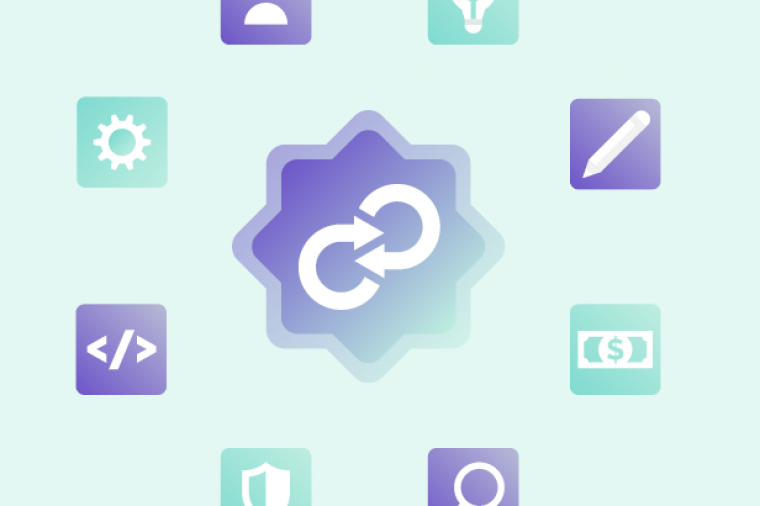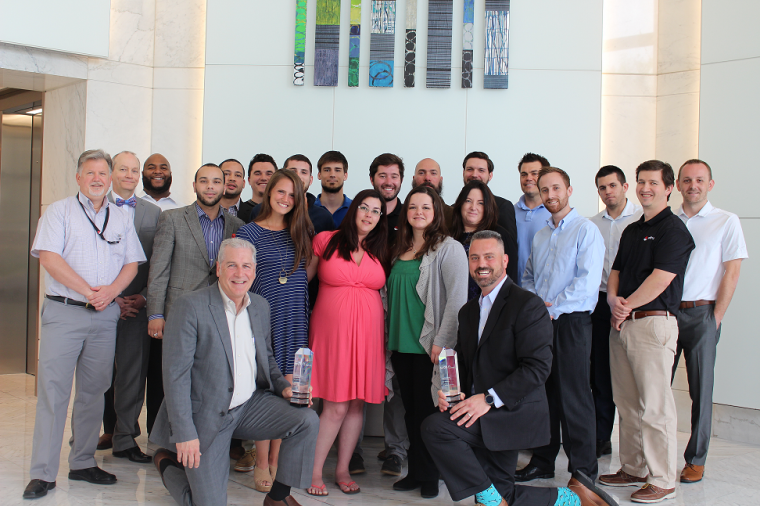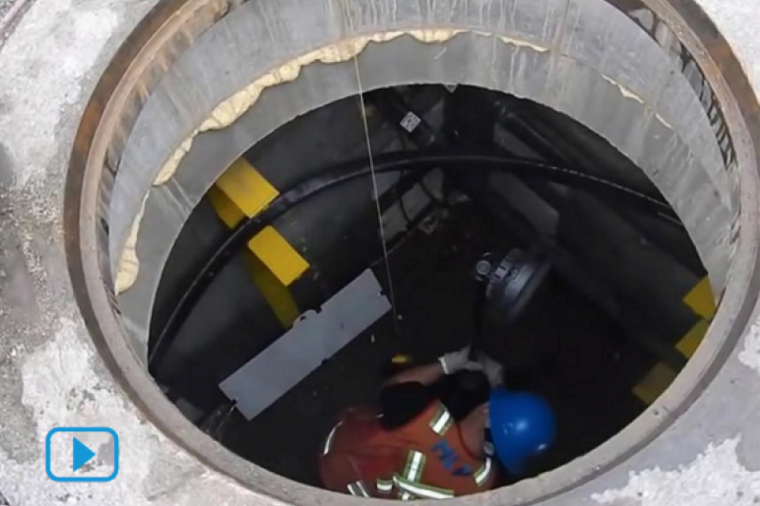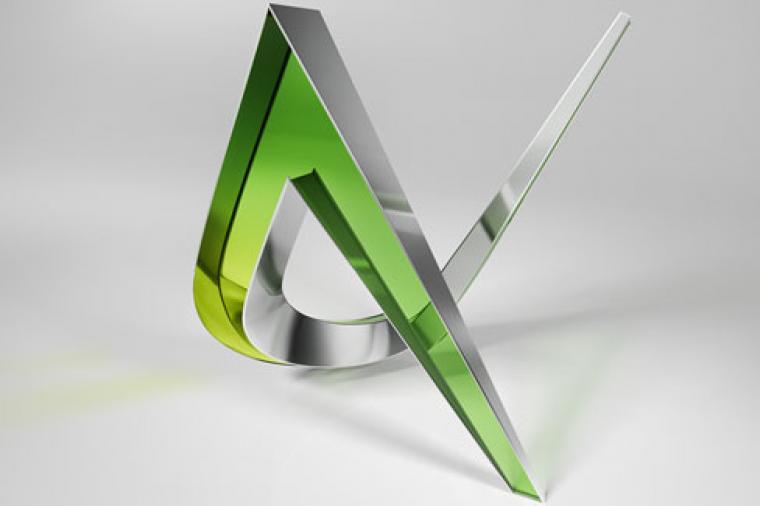Extract New Returns from Legacy Systems Via Application Modernization
Within today’s tight operational margins and changing users and demands, sustaining legacy enterprise applications (custom or COTs) requires significant operating budget that may hinder your ability to adapt to an ever changing enterprise IT landscape. As enterprise IT becomes an important competitive building block, enterprise applications are getting larger which deters innovation and poses the risk of cost overruns.
Many IT executives have taken steps to drive down the costs of maintaining applications commissioned decades ago by modernizing the performance of legacy application capabilities. This enables an agency with agility to achieve the maximum value for its applications.
Two Steps to Application Modernization
Adopting a lean based approach to application modernization can extend the life of an application and remove data islands, interoperability challenges, and redundancy within the enterprise.
The first step in application modernization is to assess your enterprise’s IT portfolio. You can then decide which component(s) in the portfolio are candidates for reuse, service based abstraction, migration, or sundown. Balancing these approaches is not easy and many parts need to be considered to determine what is best for the agency.
A systematic knowledge of enterprise IT’s various parts – infrastructure and software —is critical to deciding the best modernization strategy framework to use.
Today, agencies understand that flexibility matters and that by not adapting to modern technologies such as big data, mobility, and cloud computing, they are falling behind.
Application modernization strategy is critical for maximizing the value of your existing applications investment, reducing the total cost of ownership of those applications, and developing the agility to bring IT investments into alignment with business imperatives. Application modernization provides many choices and can take several forms, including application integration, application replacement, application migration, and application redevelopment. These can be used individually or in combination.
Finally, selecting the right solution that enables you to continually innovate is vital. Red Hat’s open source products portfolio stack is based on open standards and delivers cost effective application modernization effort with fast ROI. The use of open source is already making a difference in both DoD and civilian agencies. Open source solutions enables an agency to achieve its application modernization goals of refreshing systems that were assembled using technologies such as Cobol, PL1, Natural, RPG, JCL, and 4GL for a fraction of the cost of moving to an open source alternative.
Comic courtesy of Dilbert.
























